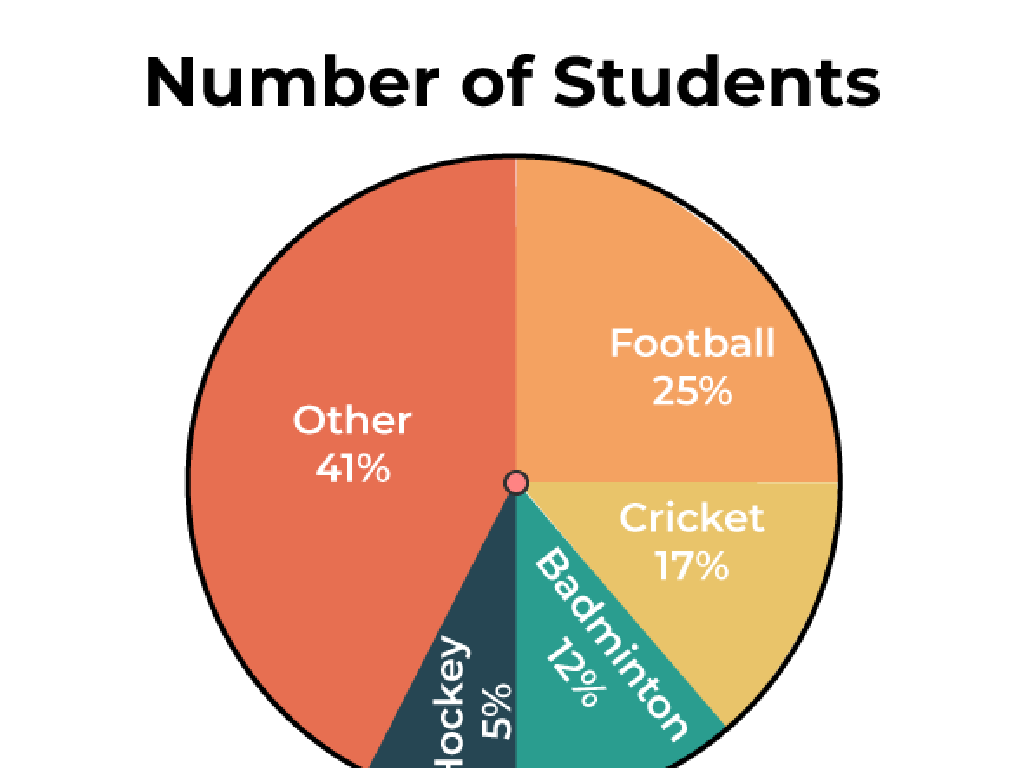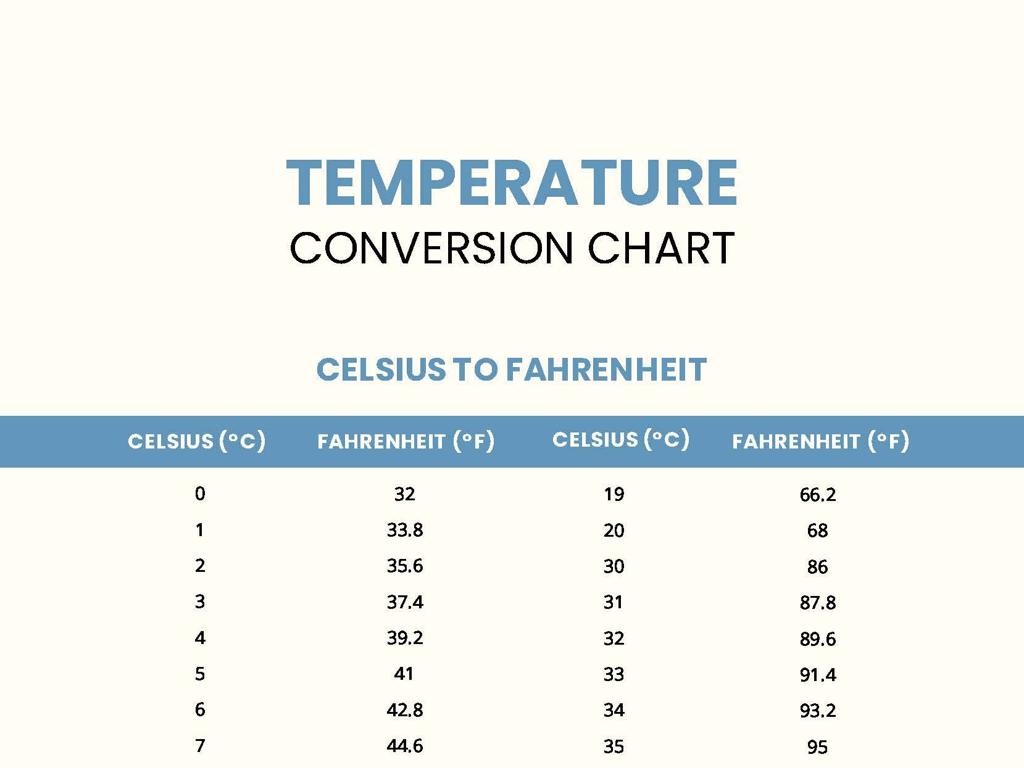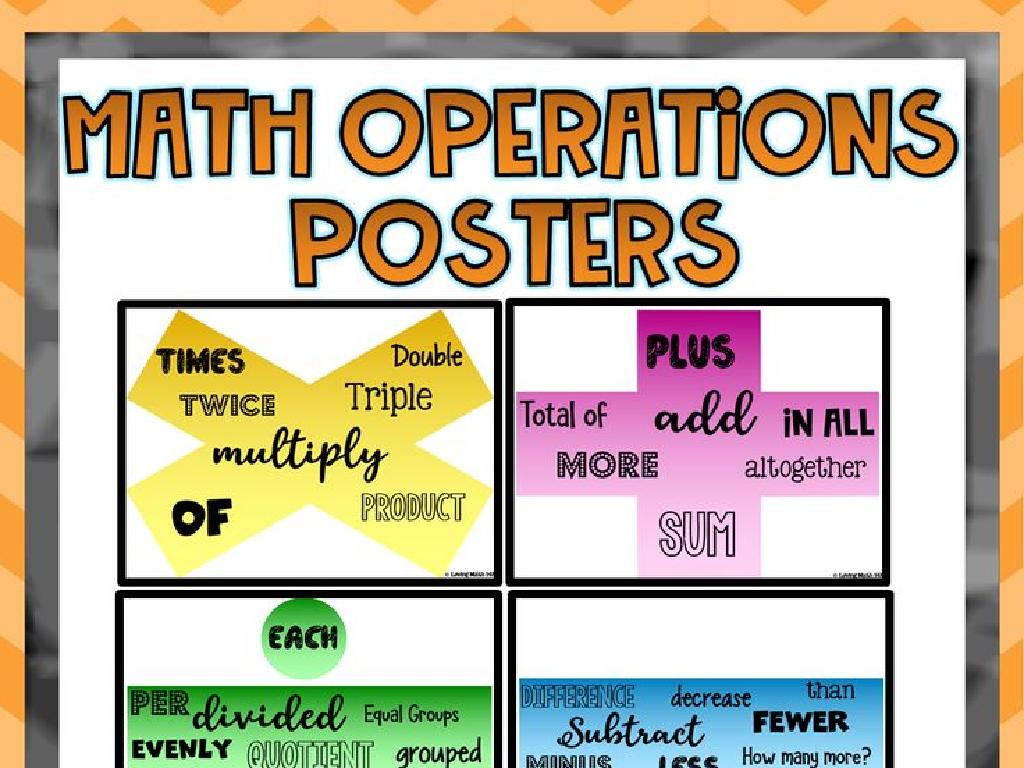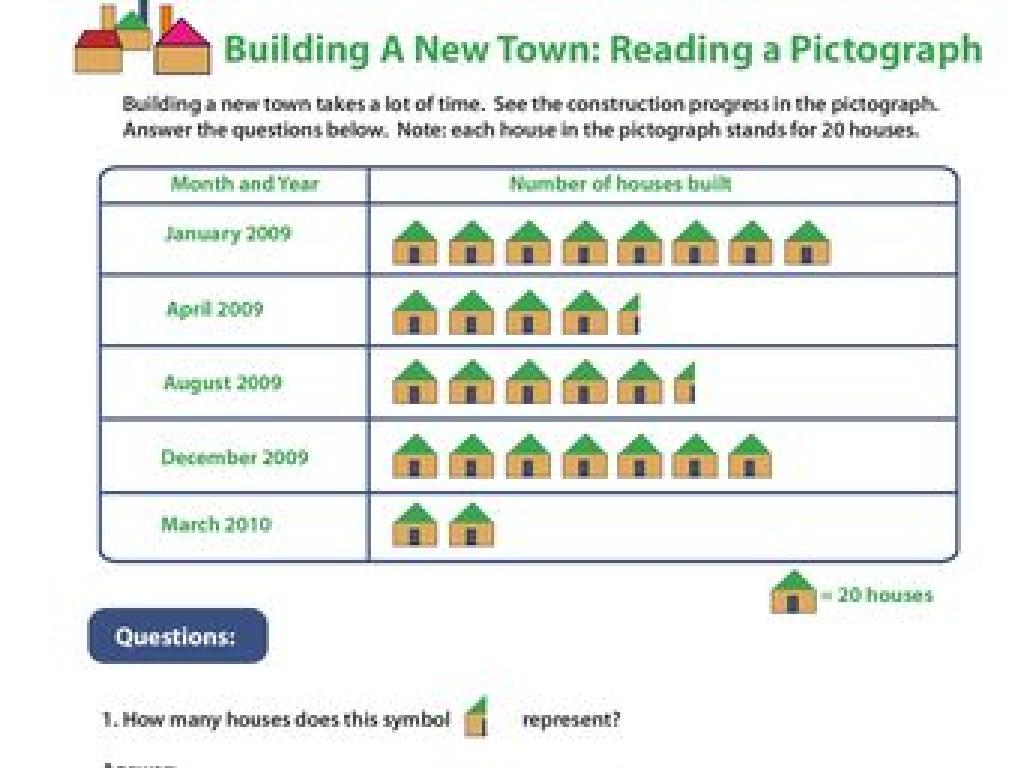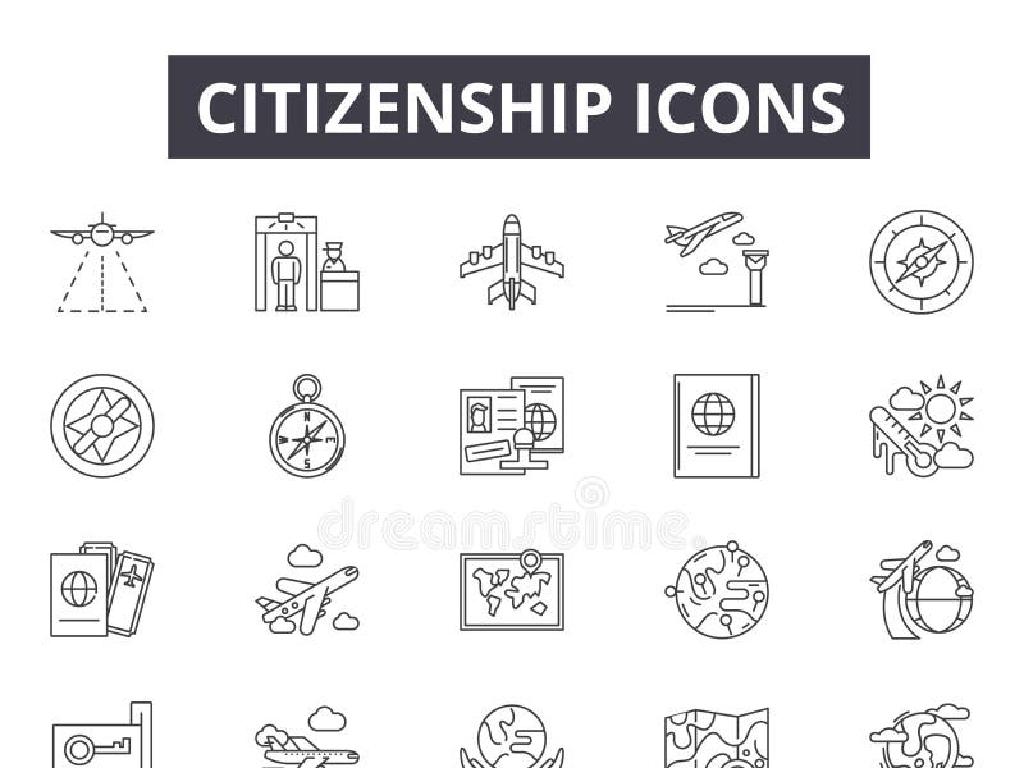Name Countries Of Oceania
Subject: Social studies
Grade: Seventh grade
Topic: Oceania: Geography
Please LOG IN to download the presentation. Access is available to registered users only.
View More Content
Exploring Oceania’s Geography
– Oceania’s geographical overview
– A vast region with diverse islands in the Pacific Ocean.
– Continents vs. regions
– Continents are large landmasses, while regions are specific areas within them.
– Oceania’s global position
– Located in the Southern Hemisphere, east of Asia and Australia.
– Significance of Oceania
– Home to diverse ecosystems and cultures, strategic economic routes.
|
This slide introduces students to the geography of Oceania, helping them understand the difference between continents and regions. Emphasize Oceania’s vastness and diversity, with its numerous islands scattered across the Pacific Ocean. Highlight its location in the Southern Hemisphere, east of Asia and Australia, and discuss its global significance, including its unique ecosystems, rich indigenous cultures, and important economic sea routes. Encourage students to think about how geography influences culture and economy. This sets the stage for deeper exploration into the individual countries that make up Oceania.
Exploring Oceania: A Unique Region
– Oceania defined as a region
– A vast region with numerous islands in the Pacific Ocean.
– Diversity in cultures & environments
– Home to a mosaic of indigenous cultures and varied ecosystems.
– Oceania’s unique characteristics
– Its isolation, biodiversity, and cultural richness set it apart.
|
Oceania is a geographical region consisting of numerous countries and territories in the Pacific Ocean. It’s not just a region, but a diverse collection of cultures, languages, and ecosystems. From the large landmass of Australia to the tiny atolls of Micronesia, Oceania covers a vast area with a wide range of human and natural diversity. This slide aims to introduce students to the concept of Oceania and to spark interest in its unique aspects, such as its remote location, which has led to unique evolutionary paths for both its people and wildlife. Discuss the significance of Oceania in terms of global biodiversity and cultural heritage, and encourage students to think about how the region’s geography has shaped its history and development.
Exploring the Countries of Oceania
– Overview of Oceania’s countries
– Oceania includes 14 countries spread across the Pacific Ocean.
– Focus on Australia, New Zealand, PNG
– Australia is the largest, while PNG is known for its biodiversity.
– Discover smaller island nations
– Nations like Fiji, Samoa, and Tonga have rich cultures and histories.
– Territories and their uniqueness
– Territories like Guam and French Polynesia have unique statuses.
|
This slide introduces students to the diverse region of Oceania, which is made up of numerous islands and countries. Emphasize the major countries such as Australia, known for its vast outback; New Zealand, famous for its Maori culture and landscapes; and Papua New Guinea, noted for its rainforests and indigenous cultures. Also, touch upon the smaller island nations and territories, each with its own distinct identity, culture, and governance. Encourage students to research one country or territory for a class presentation to deepen their understanding of Oceania’s geography and cultural diversity.
Australia: The Land Down Under
– Explore Australia’s geography
– Largest country in Oceania, surrounded by the Indian and Pacific Oceans.
– Discover cultural landmarks
– Home to the Sydney Opera House and the indigenous Aboriginal culture.
– Australia’s climate diversity
– Ranges from tropical in the north to desert in the center and temperate in the south.
– Australia’s global significance
– A leading nation in Oceania with strong economic and political influence worldwide.
|
This slide aims to provide students with an overview of Australia’s geographical features, cultural landmarks, diverse climate, and its role in Oceania and beyond. Emphasize the vastness of Australia’s landscape, which includes both bustling cities and remote outback. Highlight the cultural significance of landmarks like the Sydney Opera House and the rich heritage of the Aboriginal people. Discuss the variety of climates found across the continent, from tropical regions to arid deserts. Lastly, touch on Australia’s importance as a key player on the global stage, both economically and politically. Encourage students to think about how geography can shape a country’s culture and international relationships.
New Zealand: Land of the Long White Cloud
– NZ’s North & South Islands
– Two main islands with diverse landscapes, from beaches to mountains.
– Maori cultural impact
– Maori traditions shape NZ’s identity, from language to ceremonies.
– Natural wonders of NZ
– Home to unique wildlife and stunning scenery like Fiordland National Park.
|
New Zealand, known to the Maori as Aotearoa, which means ‘Land of the Long White Cloud’, is comprised of two main islands, each with its own distinct geography. The North Island is known for its volcanic activity and vibrant Maori culture, which is integral to the nation’s heritage. The South Island boasts dramatic landscapes, including the Southern Alps. New Zealand’s natural wonders, such as the Fiordland National Park and the Waitomo Glowworm Caves, make it a unique place for biodiversity and geology. Encourage students to explore how the Maori culture influences New Zealand’s society today and how the country’s geography has shaped its natural wonders.
Exploring the Pacific Islands
– Overview of island regions
– Melanesia, Micronesia, Polynesia: distinct regions with diverse cultures.
– Cultural uniqueness
– Each island has unique traditions, languages, and histories.
– Environmental challenges
– Climate change, rising sea levels, and pollution threaten these islands.
– Impact on island life
|
This slide introduces students to the three main regions of the Pacific Islands: Melanesia, Micronesia, and Polynesia. Each region has its own set of unique cultural attributes, including languages, traditions, and historical backgrounds, which students should appreciate as part of the rich tapestry of human diversity. Additionally, the slide addresses the significant environmental challenges these islands face, such as climate change effects, rising sea levels, and pollution, which impact the livelihoods and cultures of the island inhabitants. Encourage students to think about how these challenges might affect the people living on these islands and what can be done to mitigate these issues. This discussion can lead to a deeper understanding of the relationship between humans and their environment, as well as the global impact of environmental changes.
Oceania’s Economy and Resources
– Oceania’s natural resources
– Includes minerals, forests, fish, and fertile land
– Key economic activities
– Agriculture, mining, and manufacturing
– Trade in Oceania
– Exports include gold, silver, and agricultural products
– Tourism’s role in economy
– Popular destinations like Fiji and Australia boost economy
|
This slide aims to provide an overview of the economic landscape of Oceania, highlighting the region’s rich natural resources, which include valuable minerals, expansive forests, abundant fish, and fertile land suitable for agriculture. Students should understand how these resources underpin key economic activities such as agriculture, where products like fruits and vegetables are grown, mining for minerals, and manufacturing goods. Trade is also a significant part of Oceania’s economy, with countries exporting items like gold, silver, and produce. Lastly, tourism plays a vital role, with destinations like Fiji, Australia, and New Zealand attracting visitors worldwide, contributing significantly to the region’s economy. Encourage students to think about how these factors interconnect and influence the lives of people in Oceania.
Class Activity: Exploring Oceania
– Interactive map: Locate Oceania countries
– Group discussion: Share a country fact
– Choose a country and find an intriguing fact about its culture, wildlife, or history
– Creative project: Make a travel brochure
– Pick an Oceania country and create a brochure with attractions, culture, and more
– Engage with Oceania’s geography
|
This slide outlines a multi-part class activity designed to engage students with the geography of Oceania. Begin with an interactive map activity where students identify and label the countries of Oceania. Next, facilitate a group discussion where each student shares one interesting fact about a country they’ve chosen, promoting research and public speaking skills. Lastly, students will undertake a creative project to design a travel brochure for an Oceania country, which allows them to explore the country’s culture, attractions, and unique offerings. This activity encourages creativity, research skills, and geographic awareness. Possible variations include creating a digital brochure, a poster presentation, or a mock travel blog post.

